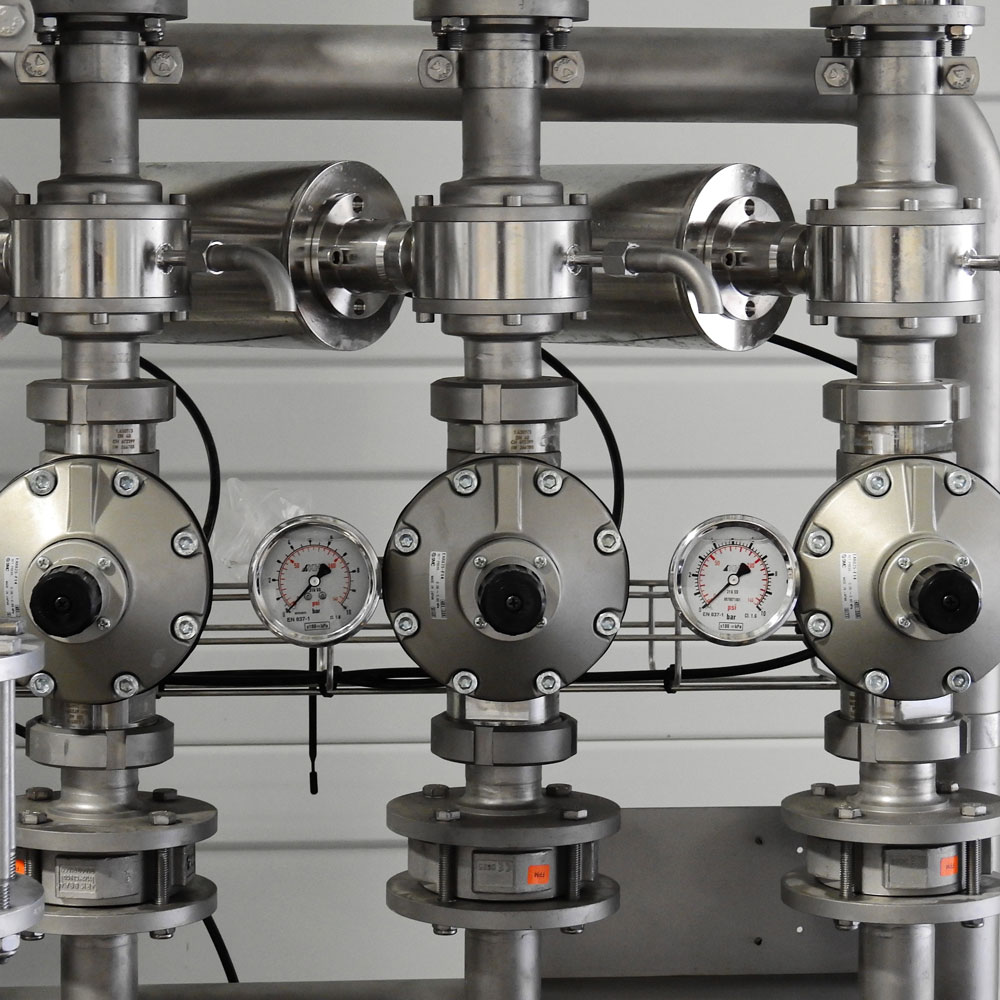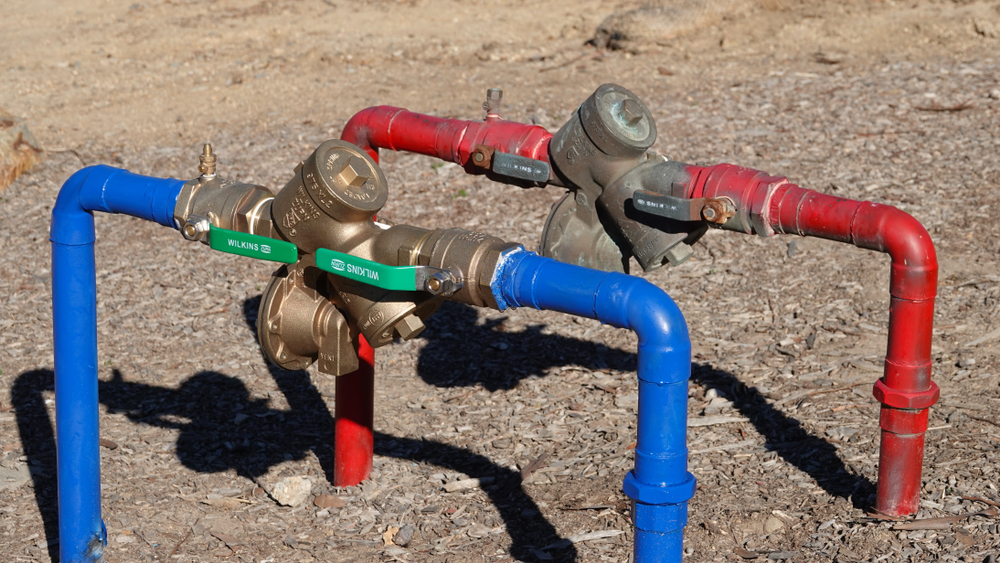Must I Execute a Backflow Test on My Water?
Must I Execute a Backflow Test on My Water?
Blog Article
We have discovered this post pertaining to Backflow Testing below on the internet and think it made sense to share it with you here.

Yes, you need to backflow examination your house's water system to ensure that the water is free of contaminants and damaging degrees of chemicals. Due to the tools required and room for error, you must not attempt to do backflow testing by yourself. We recommend that you call a professional plumber every couple of years to test your water.
Heartburn Can Impact Both You and also Your City
Lots of cities establish heartburn guidelines due to the fact that unsafe backflow can impact the general public water supply in addition to a solitary building. Thankfully, modern cities have backflow devices in place that secure the supply of water that comes from most residences and commercial residential properties. The genuine risk originates from irrigation systems, which can hurt the supply of water with poisonous plant foods, manure, and also other chemicals.
What Triggers Backflow?
A typical cause of backflow is a loss of water pressure that triggers the water to siphon back right into the water supply. After some time, there is a loss in water stress and the tube begins to draw the water back right into the water supply. As you can picture, there are now chemicals from the paint that are going into the water supply, potentially positioning a hazard.
Backflow Testing is Called For by Regulation in Certain Cities
Depending upon where you live, you could in fact be needed by legislation to backflow examination your regulation. For instance, Iowa City keeps a document of all properties served by the city's water system. The city calls for that particular "high-hazard" centers go through heartburn testing. In some cases, properties such as houses and apartment are affected.
You Can Prevent Backflow
Unsafe backflow is quickly avoidable if you have a professional plumber mount a heartburn device. If there is an energetic threat, the plumber will additionally test for backflow as well as determine. The main function of a backflow device is to avoid water from streaming in reverse into your water system. Plumbing technicians mount the gadget on the pipes in your home to make sure that the water only flows in the correct direction.
What is Heartburn?
In short, backflow is when water moves upwards-- the opposite instructions in the plumbing system. This is also referred to as "backpressure." When the water moves in this direction, it can blend with unsafe toxic substances and also position a danger.
Call a Plumber to Evaluate for Heartburn Before It is Far too late
While it may seem grim, infected water can lead to horrible microbial and viral infections that are challenging to deal with. If there are any kind of dangerous chemical degrees, a plumbing business can promptly evaluate your residence's water to establish. If you can prevent the misery that comes from drinking contaminated water, the little investment is. And also if you do uncover that your water has high levels of contaminants, a plumber can easily mount a backflow avoidance device.
Yes, you require to backflow examination your home's water supply to ensure that the water is cost-free of toxins as well as dangerous degrees of chemicals. Many cities establish heartburn standards due to the fact that dangerous backflow can influence the public water supply in addition to a single structure. A regular cause of backflow is a loss of water pressure that creates the water to siphon back into the water supply. After some time, there is a loss in water pressure as well as the tube starts to draw the water back into the water supply. The main objective of a heartburn device is to protect against water from moving backwards right into your water supply.
WHY DOES BACKFLOW TESTING NEED TO BE DONE EVERY YEAR
What Is Backflow?
Toxic gas backing up into a building is one example of potential backflow issues, but backflow can occur in many other ways.
Backflow is generally referred to as the reversal of a liquid or gas in a plumbing system.
Most issues for the public occur with backflow resulting in contaminated drinking water. If you look up backflow issues online you’ll probably find references to “potable” water. That means drinking water.
There have been backflow issues in the past with drinking water. Chemicals, sewage and other contaminants have found their way into drinking water causing health issues for those that count on the fresh water.
What Causes Backflow?
In a residence or commercial building water generally flows one way. This normal flow is usually driven by consistent pressure in the water and waste system.
Anything that changes the normal pressure in the system can lead to backflow.
Fire hydrant use or malfunction can reverse the normal pressure in the system on a city line, but backflow can occur in a number of different ways.
Sometimes backpressure might be caused by someone using a garden hose and submerging the end of the hose in a pool of liquid. If pressure is lost the flow could reverse and contaminants could be released into the drinking water.
Anytime there is a connection between contaminants and the drinking water there is potential for a backflow issue. Sometimes these connections are not immediately obvious like the garden hose connecting to a building’s drinking water supply.
Backflow Regulations
The Environmental Protection Agency (EPA) provides guidelines and regulations for state and local governments regarding backflow. State and local governments also have their own guidelines and regulations for backflow prevention.
Arizona has its own backflow regulations.
Due to issues with backflow in the past, regulations require backflow preventer devices to be used in nearly all residential and commercial buildings.
A backflow preventer is a device that prevents backflow as cross-connection points where potential backflow issues may occur.
While backflow is not a common occurrence, preventers are in place to make sure there is no contamination should something malfunction or go wrong with a building’s water supply.

I recently found that write up about Backflow Prevention when surfing the search engines. Feel free to take the time to distribute this write-up if you enjoyed reading it. Thanks a lot for your time. Kindly pay a visit to our website back soon.
Call Today
Report this page